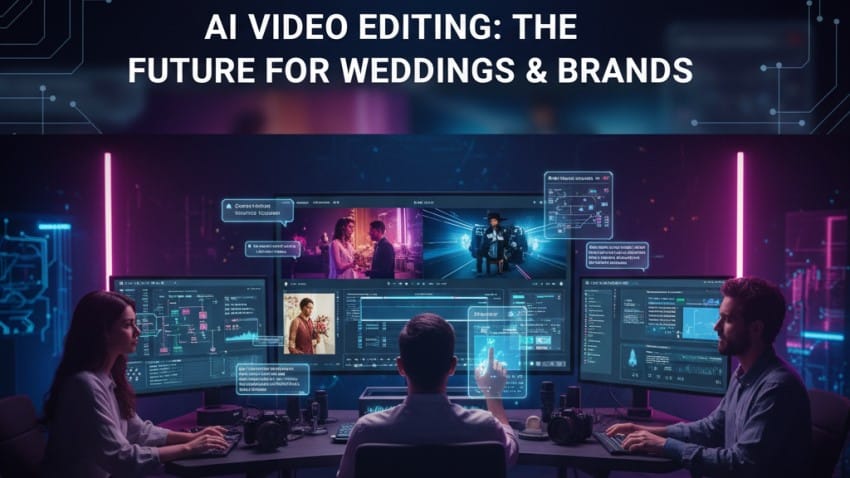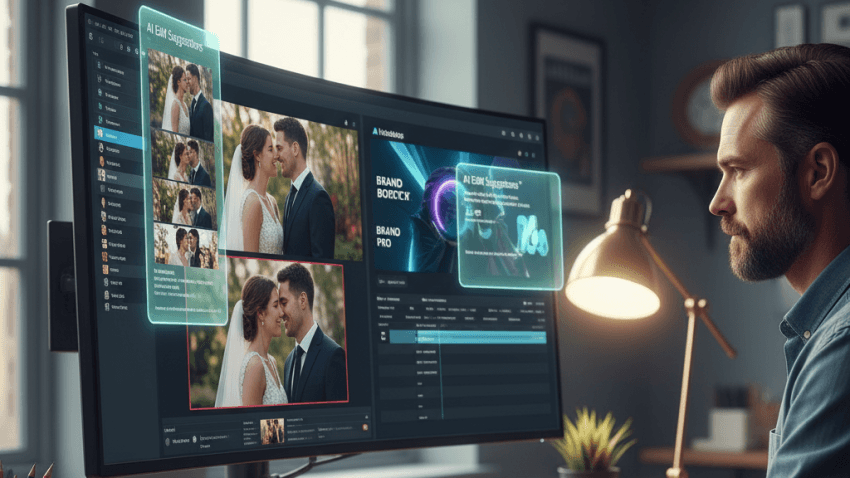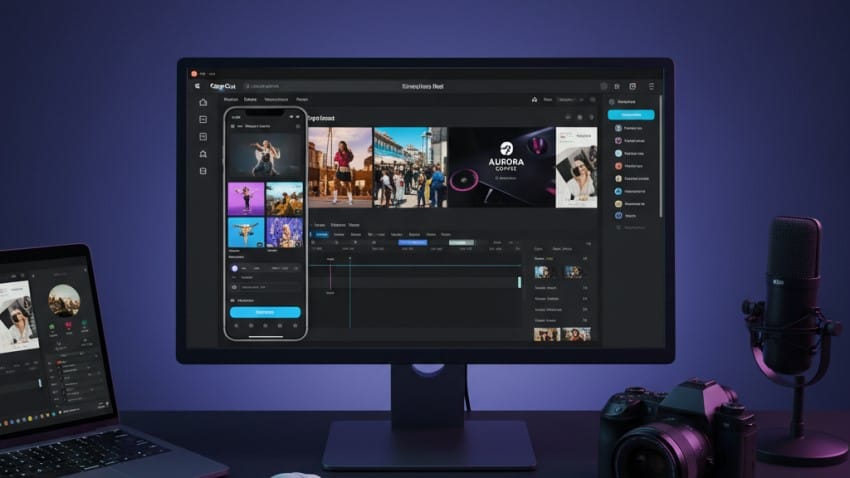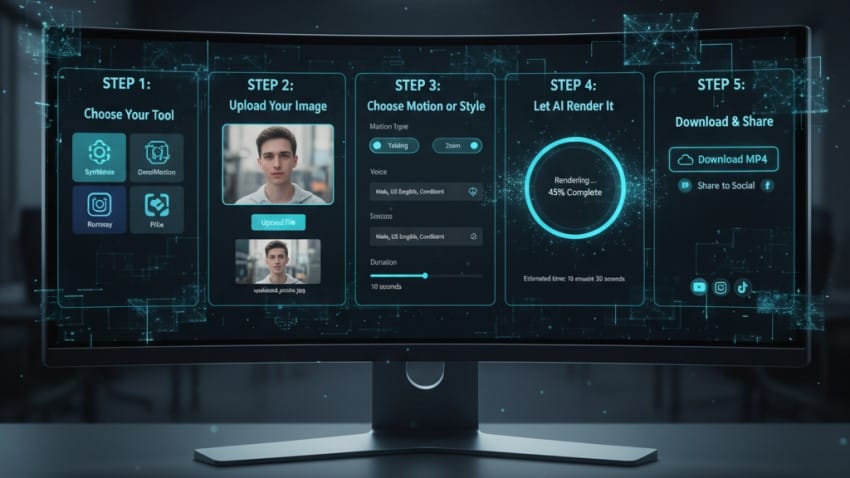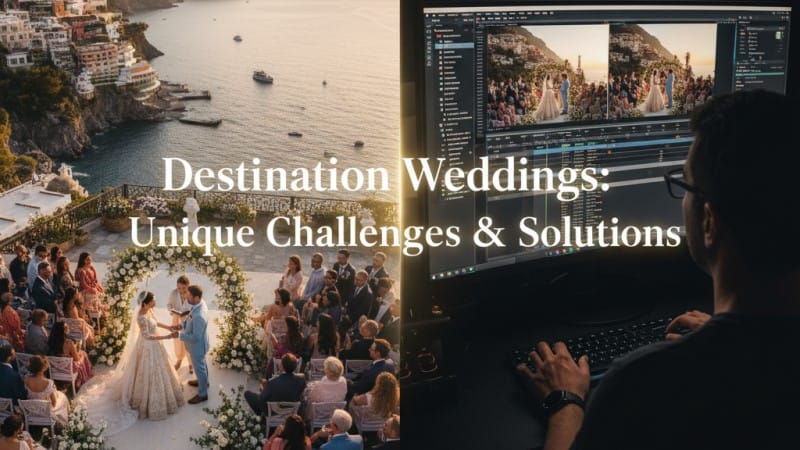Introduction:
When watching a film, ad, or reel, most people don’t notice the edits — and that’s exactly the point. Behind every emotional moment is a carefully timed cut, a well-placed pause, or a subtle transition. In this article, we’ll explore the psychological power of editing, and how small changes in rhythm, pacing, and visual sequencing can drastically shape how a viewer thinks, feels, and reacts.
1. The Science of Attention: Why Timing Matters
We live in an age of short attention spans — and video editors must work with that, not against it. Research from MIT and Stanford shows that viewers make emotional judgments within the first 3–5 seconds of watching a video. Editors often use:
- Quick cuts to generate urgency
- Slow fades to build intimacy
- Pacing variation to reset attention and reduce fatigue
Editing is about controlling the viewer’s heartbeat.
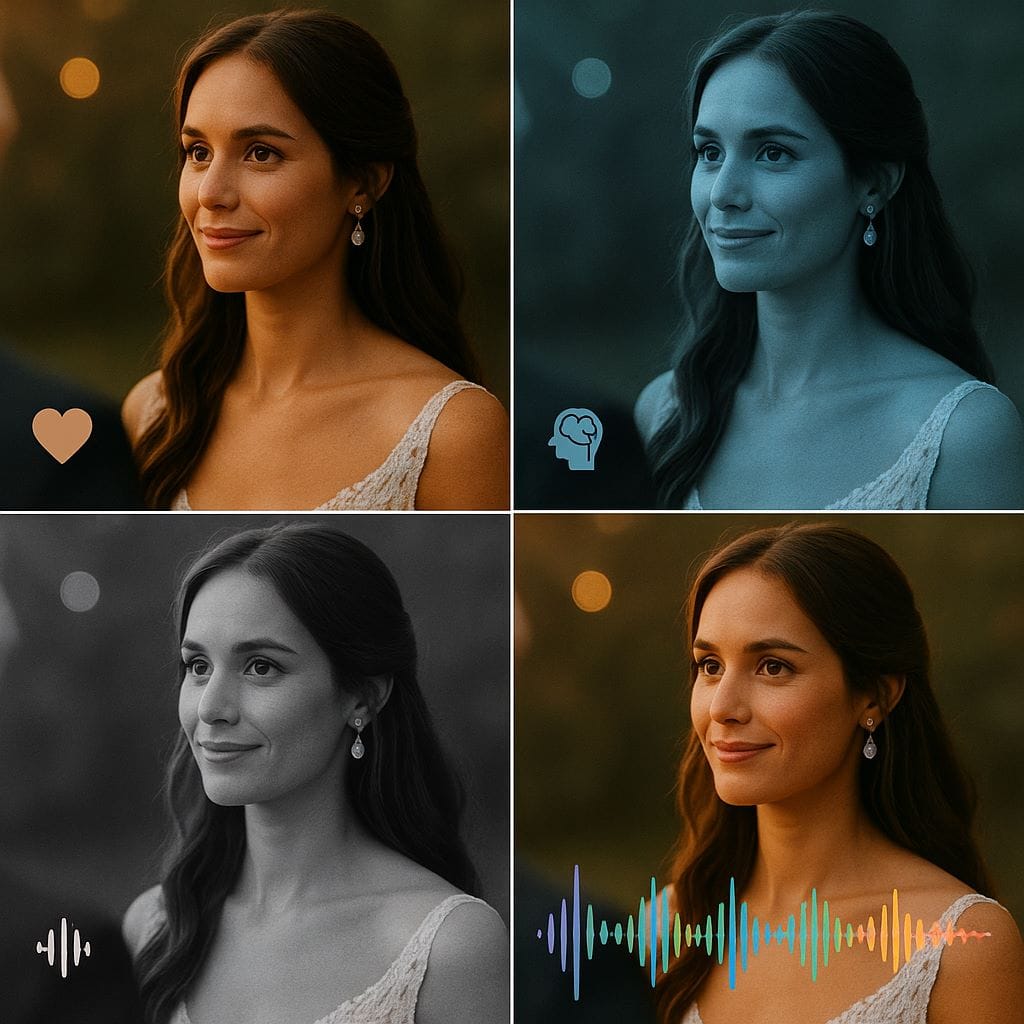
2. Emotional Response Through Rhythm
Editing has rhythm — like music. Just as music can make us feel calm, anxious, or excited, so can the tempo of cuts and transitions. Studies in visual storytelling show:
- Fast-paced editing (like in trailers or action videos) increases dopamine and alertness
- Slower, consistent cuts help deliver emotional storytelling and boost empathy
3. The Cut That Matters: When to Transition
The decision of when to cut a shot isn’t random — it’s emotional. Editors rely on instinct, narrative logic, and psychological impact. According to Walter Murch (Oscar-winning editor), the ideal moment to cut is:
- Just before the viewer expects it — to stay engaging
- On an eye blink or emotional shift — to mirror natural experience
4. Color, Sound, and Mood
Editing isn’t just visual. Color grading and sound design also deeply affect perception:
- Warm tones (amber, orange) = safety, nostalgia
- Cool tones (blue, teal) = logic, isolation
- Sound cuts or abrupt silence = tension or reflection
Pairing these correctly with visuals amplifies message delivery without saying a word.
Conclusion: Editing is Invisible, But Powerful
The most powerful edits are the ones we don’t notice — because they pull us into a story, create emotion, and change how we see. Whether you’re making a 30-second Instagram reel or a 5-minute brand story, understanding the psychology behind video editing can turn average content into unforgettable content.

